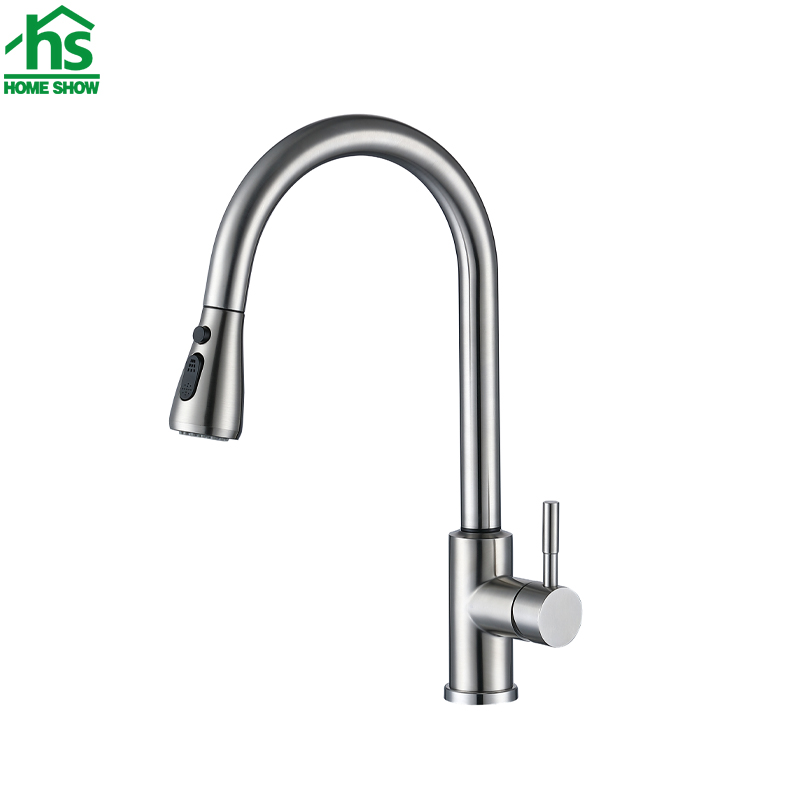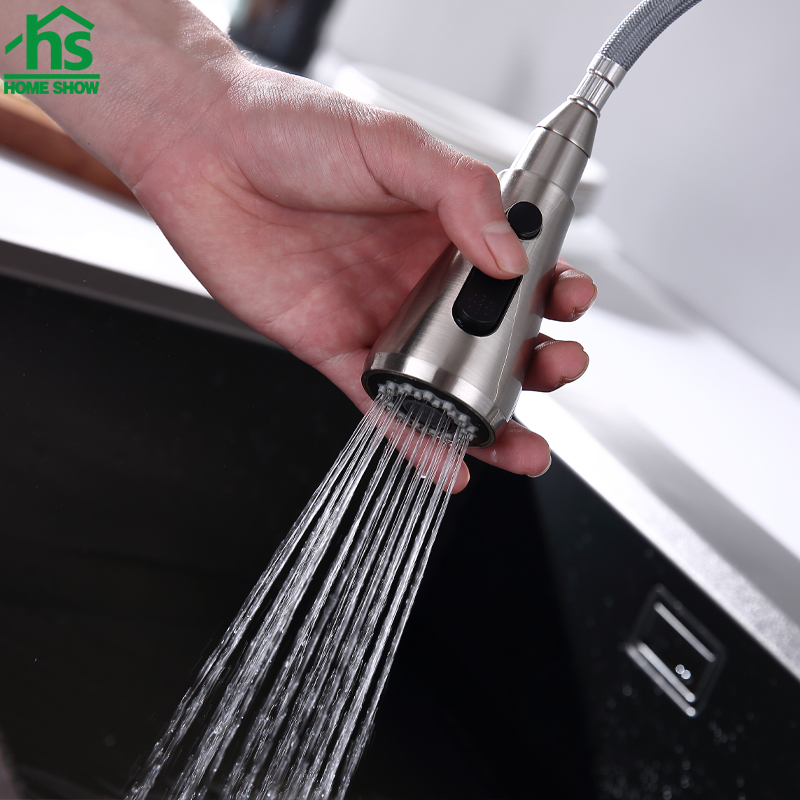 HOMESHOW
HOMESHOW  2024-10-22
2024-10-22
Most of us have traditional faucets in our kitchens, where we use our hands to turn the handles. However, with technological advances, there’s an alternative solution. Touchless faucets are a standard in most public spaces, and now you can have this luxury in your own home. They allow you to clean your hands without the worry of transferring bacteria or grime on to the faucet. Motion-activated faucets also save you time—there’s less of a need to wipe down handles and spouts if you never have to touch them.
Touchless faucets are smart kitchen gadgets created to provide convenience and functionality to your life. It doesn’t hurt that they add a sleek and futuristic look to take your kitchen to a whole new level.Ahead, you don’t miss our HOMESHOW this best touchless kitchen faucet
What to Consider When Selecting the Best Touchless Kitchen Faucet
Like traditional faucets, touchless models come in different styles and sizes. They also vary in features, like their finish, water-flow rate, sensor style, and power source. Here are some considerations to take into account when choosing touchless kitchen faucets, before you buy and go ahead with replacing your old one.
Activation Feature
Touchless kitchen faucets use motion-detecting sensors to start and stop the flow of water. Both of these aspects can be affected by how many sensors and how accurate those sensors are. Some faucets have multiple sensors, which increases accuracy. The sensor should start immediately with the swipe of a hand or dish—you should not have to wave your hand around waiting for the sensor to activate. You also do not want the sensors to be triggered by any slight motion in the room, leading to wasted water. Compare the number of sensors and the accuracy of the different models of touchless faucets to find the best for you.
The sensors need a power supply to function. There are two options when it comes to the power supply: the battery or an alternating current (AC) transformer. Battery operated models are less expensive, but you will spend more money on replacing batteries. Some models need batteries replaced several times a month. Choosing a faucet that is energy efficient will help reduce costs in battery consumption.
If you have access to power in your sink cabinet, then choose a model that plugs into an outlet because it will save you money over time, and you won’t have to deal with swapping out batteries. However, if you don’t have an electrical connection under your sink, you won’t really have a choice and will have to go with the battery option. In this case, invest in rechargeable batteries to help ease the cost over time.
Like traditional faucets, touchless versions are available in multiple finishes and styles. Touchless options are available in chrome, stainless steel, brushed nickel, zinc alloy, and other materials. Choose a model with a design and finish that blends seamlessly with your decor.
Since they are touchless, a faucet with a shiny finish isn’t prone to fingerprints and other smudges. If you’ve always loved the look of high shine metal, but hated dealing with the smudges, this is an excellent opportunity to go for it!

The flow rate of a faucet will tell you how much water the fixture uses. The standard of measurement for water flow in plumbing fixtures is gallons per minute (GPM). Knowing the flow rate will help determine the efficiency of the faucet before you buy it. The lower the GPM, the more efficient the faucet is with water.

As with most hardware and appliances, there are always extra bells and whistles you can get with certain models. When it comes to touchless faucets, the most noticeable additional feature is voice activation. Like other smart home devices, you can pair the faucet with your connected home device to enable voice-activated features like metered dispensing.
Some models let you create custom presets. Once you “teach” or program the preset, you can set shortcut commands for activation. These faucets can also function without voice commands; you can turn the water by activating the sensors. These added features do come with some downsides; they are significantly more expensive and they have to be plugged into an electrical outlet since there isn’t a battery option.
Do you like our HOMESHOW touchless kitchen faucet ? Please tell us .